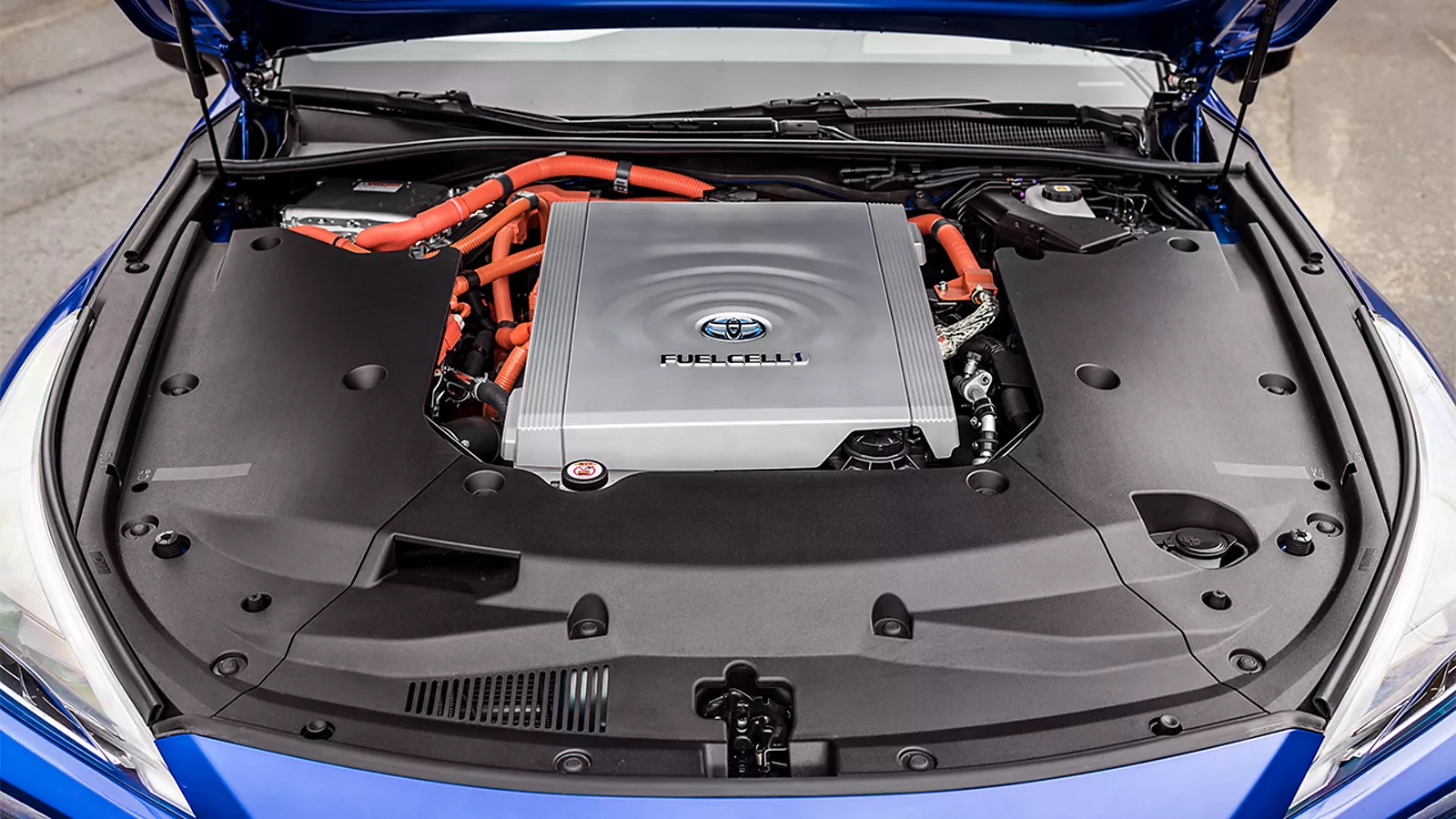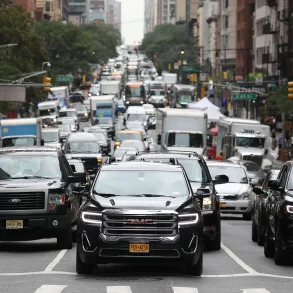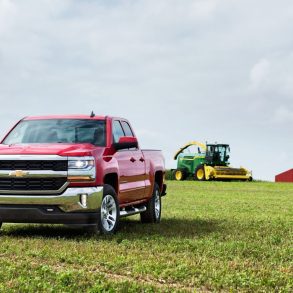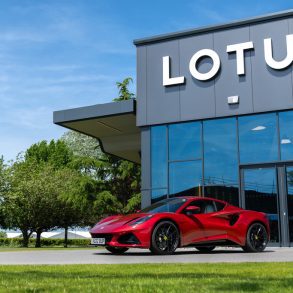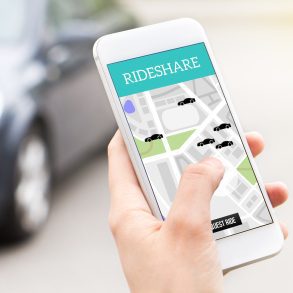Summary
- Through most of the 2010s, EVs and hybrids were the big talk about reducing emissions, however hydrogen fuel cells were also introduced as an alternative
- Much more strictly regulated because of the safety needed for hydrogen storage and containment, was only approved for use in California (in the US)
- Has not achieved any real impact on the automotive market, not even in the sustainable fuels areas
- Interest has been gained in heavy duty FCVs such as busses and heavy goods vehicles, but interest has paled in comparison to even EVs
- We think that there is a future for hydrogen in the heavy duty sectors, but unless something drastic happens, it will remain a niche product for the passenger vehicle market
Thinking back a few years, there was a massive debate among the consumers wanting affordable green vehicles about what the future would offer them. We are now, by most definitions, in that precise future, where EVs are a market reality, hybrids are outpacing the sales of internal combustion only vehicles, and the United States is starting to see charging stations pop up everywhere to support the expected future resurgence of EVs.
However, there was one type of car that was talked about that was seen as the best of both worlds, those being hydrogen powered cars. They took the best part of EVs, that of instant power and torque and quiet operation, but also took the best part of petrol-powered vehicles, that of long range capability, and combined them into aerodynamic and efficient vehicles. Best part of all, the only emissions from hydrogen cars is pure water and warm air.
So in today’s modern world of declining EV sales, increased hybrid sales, and many consumers being environmentally aware, where are the proposed fleets of hydrogen fuel cell vehicles (FCV)?
Issues & Challenges
The biggest roadblock, if you’ll pardon the pun, to hydrogen fuel cell vehicles gaining a more widespread foothold in the automotive market is that of strict regulations. Due to the somewhat explosive nature of hydrogen should it catch fire, the vehicle based fuel tanks need to be airtight to the molecular level, and be strongly reinforced to prevent damage or punctures in the event of a crash or damage to the vehicle.
As well, while EVs and hybrids have regulatory standards across the entire US, only California has a regulatory system in place to allow for hydrogen fuel cell vehicles. At that, only three companies have put forwards vehicles that use hydrogen as fuel, those being the Toyota Mirai, the Hyundai Nexo, and the discontinued Honda Clarity.
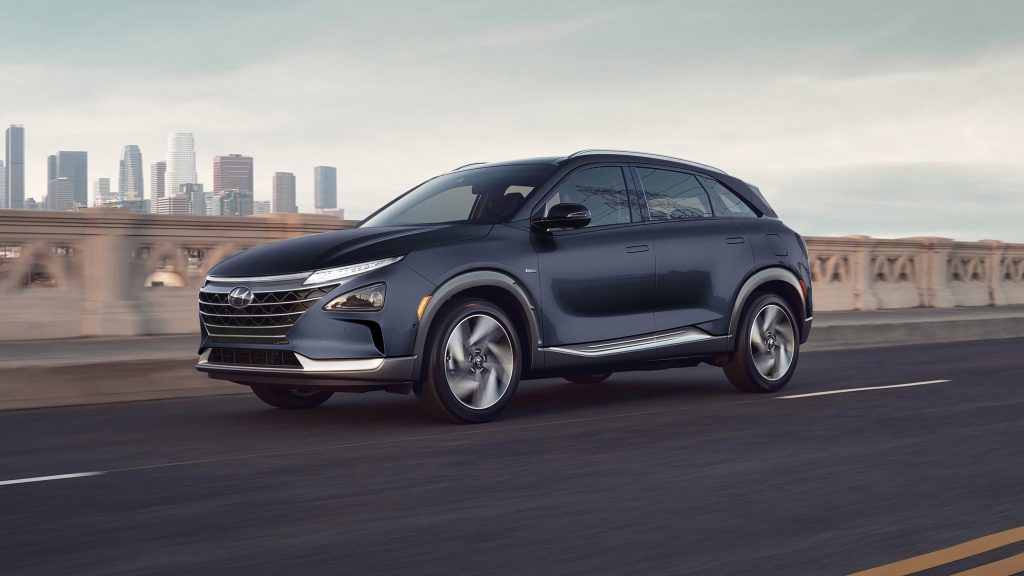
Honda has announced that a new plug-in hybrid EV/FCV is coming in 2025 in the form of the Honda CR-V e:FCEV, but will be a built-to-order vehicle and not be a mass production unit.
The next biggest challenge facing FCVs is that the infrastructure is much more complicated to implement to support them. In fact, across all of California, there are a grand total of 61 hydrogen passenger retail fuel stations. Of those, the largest percentage are located in Los Angeles. Compare that to the 15,182 EV charging stations. In pure percentage, hydrogen has only 0.36% of the infrastructure compared to EVs in the one state it’s legal in.
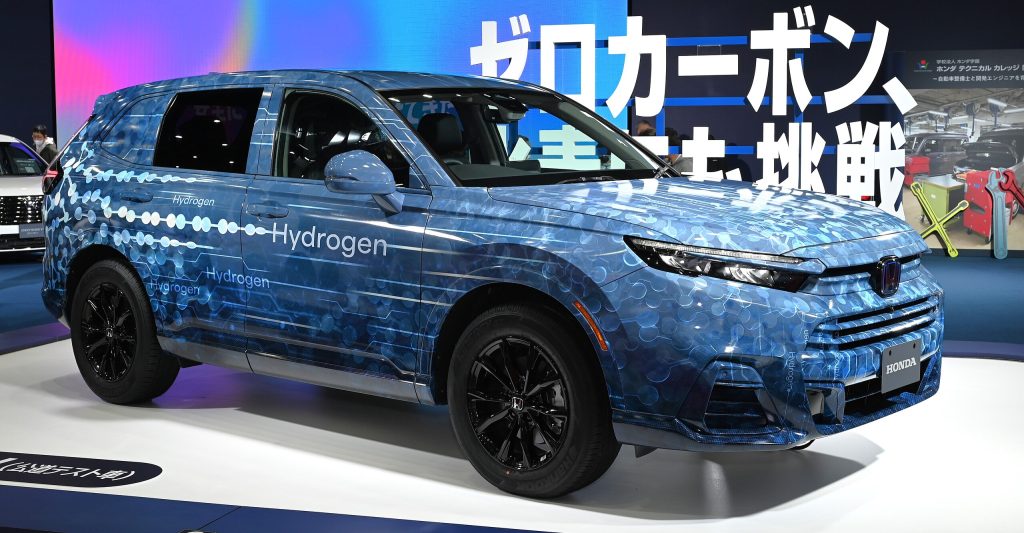
However, in the sheer analysis of adoption of a green technology, the thing that counts the most is the number of vehicles sold. In Q1 2024, only 223 units were sold in the United States, which year-over-year is a drop of a massive 70%. It is the slowest first quarter since the adoption of FCVs in 2015, and the second Q1 in a row to see declining sales.
Breaking that down into vehicles for Q1 2024, the Toyota Mirai accounted for 172 units, down 74% YOY, with the Hyundai Nexo taking the remaining 51 units, down 22% YOY, as the Honda Clarity was discontinued in early 2023. There is also the fact that the Mirai, a family sedan sized vehicle, is relatively expensive at just over $50,000 in 2024, comparable to a top spec, long range edition Tesla Model 3 EV.
Will It Ever See Widespread Adoption?
One of the more interesting aspects about hydrogen fuel cells is that they are a not a new technology. To solve the issue of powering spacecraft headed to the Moon in the 1960s, NASA developed highly efficient hydrogen fuel cells that powered the spacecraft of the fable Apollo missions, by combining oxygen and hydrogen to create electricity as well as create drinking water for the crew.
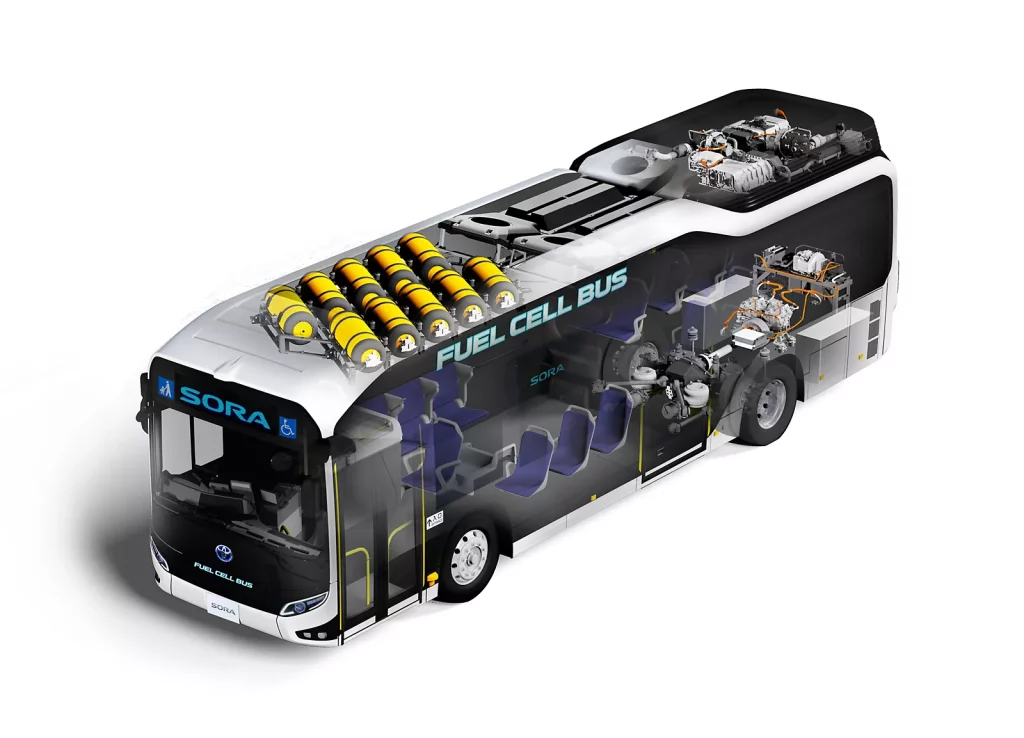
Hydrogen fuel cells power a lot of things that aren’t passenger cars. Many European warehouses use FCV powered forklifts and logistics vehicles, and many cities in Europe are trial-testing FCV busses to see the effect on overall emissions.
We are here to analyze passenger vehicles, however, and 2,978 units were sold in the USA for 2023, which represented an increase of 10% YOY compared to 2022. The Mirai was the bulk of those sales at 2,737 units, up 31% YOY, and the Nexo had a total of 241 units, down 41% YOY. In the grand scheme of things, that represents roughly 0.2% of all total vehicles sold in 2023 in the USA.
As well, Shell also announced in February 2024 that they were closing all 6 hydrogen fueling points at the stations operating them in California, effective immediately. This has cut the amount of FCV service stations down to 55 total, as Shell is pivoting to bring their PowerCharge system to the US to support EV and PHEVs.
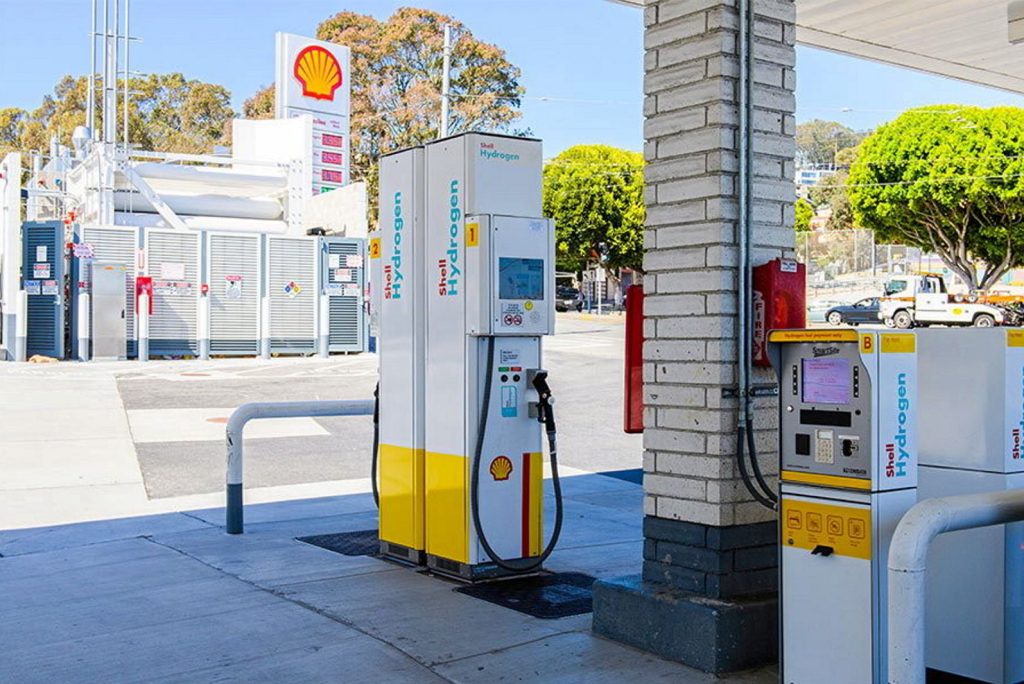
There is still definite interest in FCVs, otherwise Honda would not be making an all new FCEV for 2025, yet the industrial outlook is bleak, at best. Fuel cells in vehicles make a lot more sense, logistically and financially, in heavier duty vehicles that want to avoid the massive weight penalty that a battery stack would cause, so things like heavy goods vehicles, busses, and trams/trains are much more likely to be supported and adopted.
A Tough Future That May Be Relegated To Heavy Vehicles Only
On the question of if FCVs at the personal car level will ever see widespread adoption, right now the answer is looking like no. It’s a niche product for the most environmentally conscious Americans, and while it has the least harmful emissions of any vehicle type, including EVs, as the power coming through the lines to charge them has to come from somewhere, as a technology it just hasn’t gained traction.
We think that there are still a few possibilities that could see FCVs get a wider adoption rate, but it would require an absolutely massive shift in consumer preferences, or for one current sustainable technology to fail outright. We think it is much more likely that synthetic hydrocarbons, spearheaded by Porsche with their eFuel initiative, and hybrid vehicles to be the true winners, with EVs, when they become affordable for all buyers of every segment, taking up the remainder of the sustainable vehicle market, while FCV technology will likely see adoption for heavier duty vehicles such as busses, trains, and HGVs.

